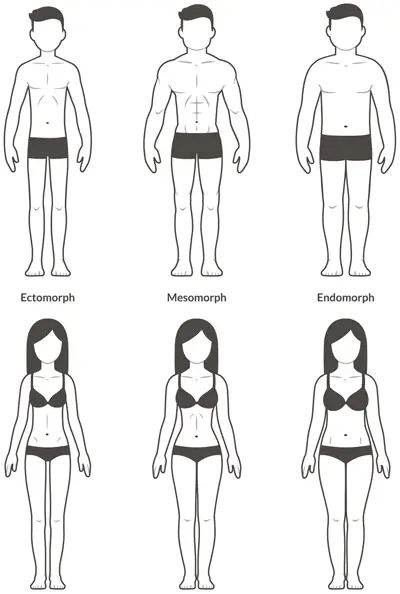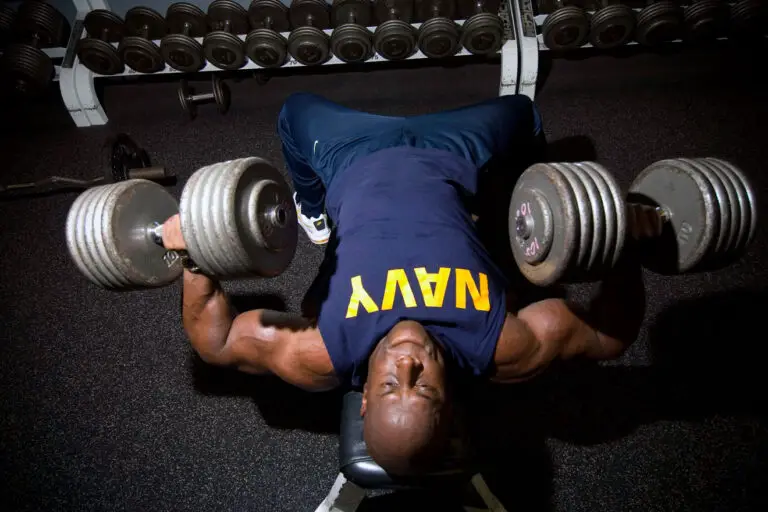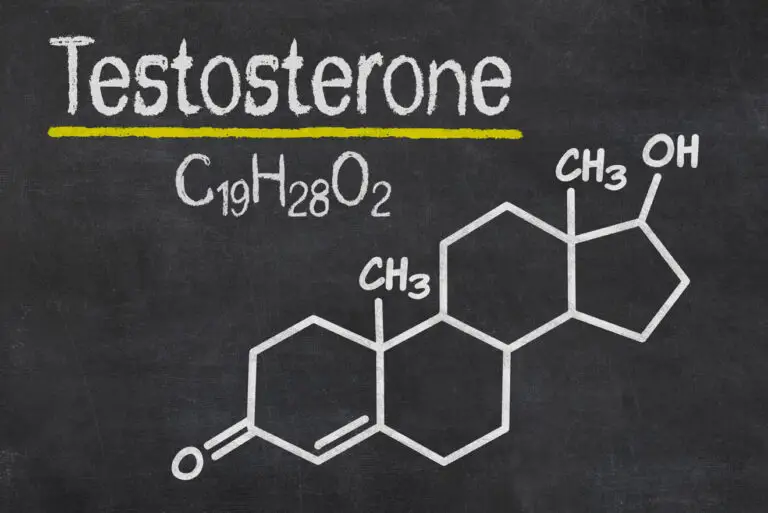Genetic factors that limit muscle growth
Although everybody can use weight training to dramatically increase the size of their muscles or curves, there are some genetically determined factors that limit how much and how fast muscles/curves can be developed. These include:
- The number of fibers in your muscles
- The ratio of Type I to Type II fibers in your muscles
- Your body type
- Your hormonal balance, especially your testosterone level
Let’s look at each of these limitations individually.
The number of fibers in your muscles
Muscle fibers were introduced in Muscle structure and motor units were introduced in How muscles work. You were born with a specific number of muscle fibers per motor unit, and, unfortunately, there is nothing you can do to increase the number. If you have an above-average number, you will have the potential to gain more strength and size than someone with an average number of muscle fibers. Conversely, if you have a below-average number, you will lack the potential to gain as much strength and size as someone who has an average number of muscle fibers.
The ratio of Type I to Type II fibers in your muscles
As explained in Muscle structure, there are three types of muscle fiber: Type I, Type IIa, and Type IIb. Type I fibers are better suited for endurance, whereas Type II fibers are better suited for size, strength, speed, and power.
Each skeletal muscle in your body has a mixture of fiber types. The ratio of fiber types in each muscle, which is largely genetically determined, dictates your muscles’, and therefore your, abilities. For example, if you have a high ratio of Type II to Type I fibers, you will be able to gain muscle mass relatively quickly and have the potential to do well in sports that require a lot of strength, speed, and power. On the other hand, if you have a high ratio of Type I to Type II fibers, you will make relatively slower gains in muscle mass, but you will have the potential to do well at sports that require endurance.
While it is not possible to change your ratio of fiber types, it is possible to change the function of some Type II fibers and make them more like Type I fibers. With regular aerobic training, Type IIa and Type IIb fibers can become more aerobic, develop greater capacity for endurance, and be more like Type I fibers. However, it is not possible for Type I fibers to assume the characteristics of Type II fibers.
Body type
Generally speaking, there are three main body types (aka somatotypes): ectomorph, endomorph, and mesomorph (Figure 1). Each somatotype has a different potential to add muscle and fat.
Figure 1. The characteristics of the three main body types (somatotypes), ectomorph (left), mesomorph (center), and endomorph (right).
Ectomorphs are lean and thin. They lack bulk and possess low levels of body fat. They also have long limbs, narrow shoulders and hips, and a fast metabolism that makes it difficult to gain muscle or fat. The majority of professional basketball players are ectomorphs.
Endomorphs have a naturally stocky and rounded body with wide shoulders and wide hips. They have an even distribution of fat and gain muscle and fat easily. Many football players and wrestlers are endomorphs, as are many strongmen.
Mesomorphs have a naturally athletic build with wide shoulders and narrow hips. They gain muscle readily and find it relatively easy to lose fat. Mesomorphs therefore make the best bodybuilders.
Most people are a mixture of these body types but tend to lean towards one more strongly than they do to the others. Whichever one you are, don’t worry; you can still achieve great results. Just follow the guidelines of good nutrition and effective training laid out in the Nutrition Guide and the Weight Training Guide you are reading.
Level of testosterone
Testosterone and growth hormone (GH) play an important role in the growth of muscle (hypertrophy). If you have high levels of testosterone and GH, you will respond to training more readily and make greater gains in muscle and strength. Since men possess ten times more testosterone than women do, hypertrophy is easier for men. The only way that women can achieve muscular growth near the same level as men do is by taking additional testosterone in the form of anabolic steroids, which, of course, is not recommended.








